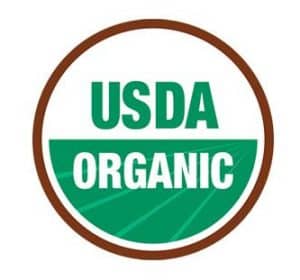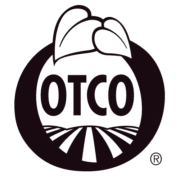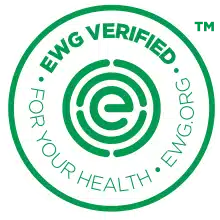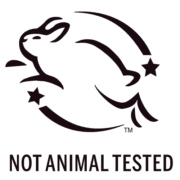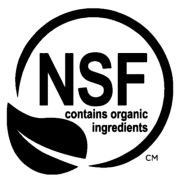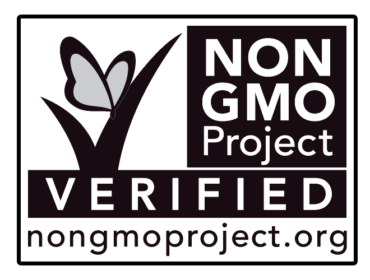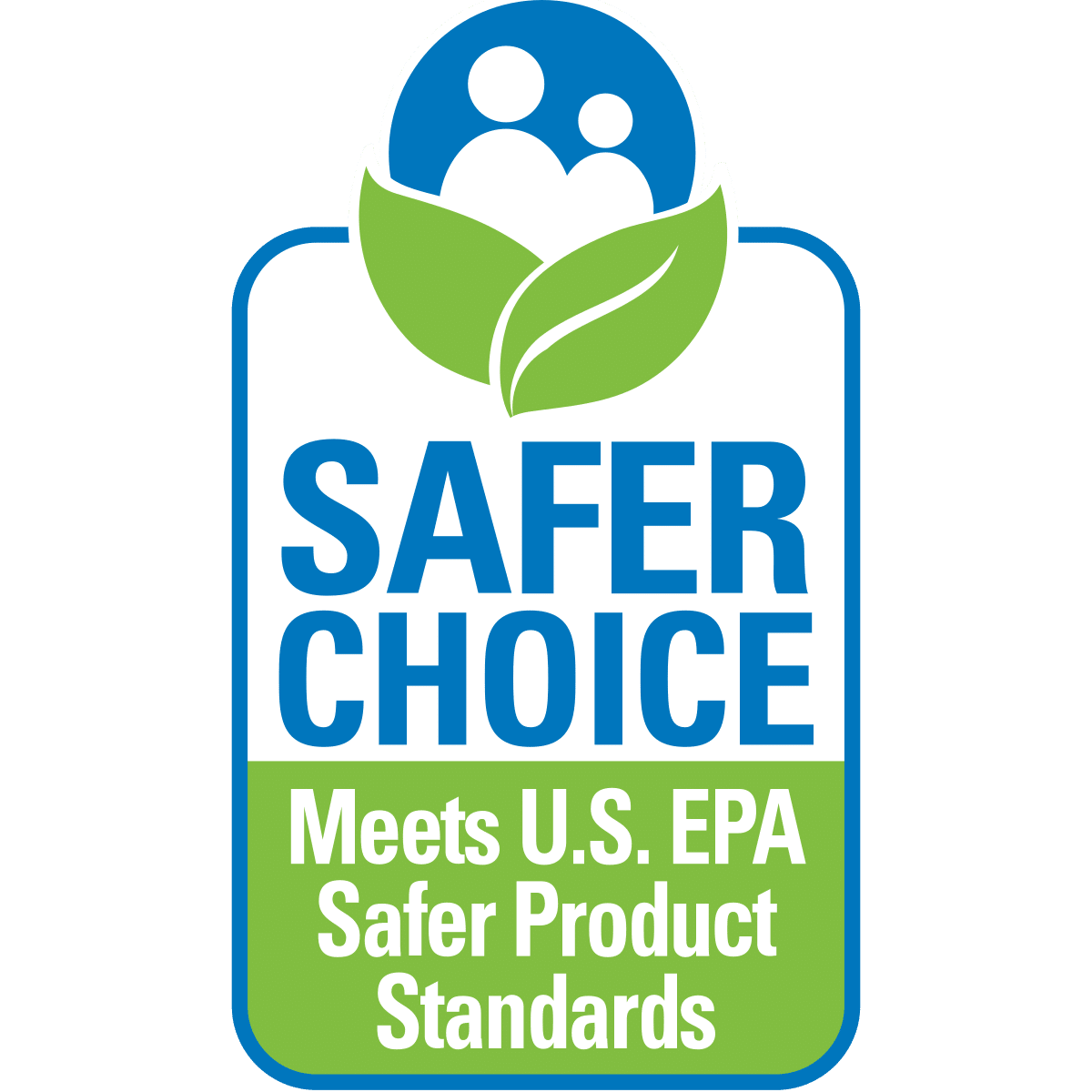Be sure to check out Lisa Bronner’s original article “10 Labeling Traps to Recognize in Body Care” on Going Green for further reading on body and home care tips.
Greenwashing is a marketing tactic used by companies to falsely give the impression that their product is environmentally friendly, actively helping the environment, or is derived from natural sources and therefore nontoxic to the body. Greenwashing is accomplished through “green” label imagery, misleading claims, and several other methods.
Table of Contents
We’ve all seen products plastered with green imagery and words like “natural,” “nontoxic,” or “sustainable” without any third-party certification. But what do these words mean? Do they mean anything? Greenwashing is a devious but effective tactic companies have been leveraging for decades to market their products. In essence, greenwashing is the practice of misleading consumers into thinking a product is beneficial to the environment and us, or at least has a neutral, innocuous effect. As the demand for environmentally-friendly products grows, we can only expect this trend to continue. In this article, we’ll cover how to spot greenwashing in the body care aisle and what to look for instead.
Brief History of Greenwashing
Greenwashing is not a new tactic. One of the more well-known examples originated in the 1960s, when hotels began implementing “save the towel” campaigns. The idea was simple: towels can be used more than once, so if every one hung theirs up after each use instead of leaving it on the ground, we’d all be cutting down on energy and environmental waste.
While this does reduce some energy consumption, environmentalist Jay Westerveld questioned their motives in the mid 1980s. He found that hotels weren’t exactly concerned with their environmental impact in any other capacity, and concluded this was actually just a sly way for hotels to cut down on costs.
Another example of greenwashing comes from the first Earth Day in 1970. Though the early Earth Days were organized by grassroots activists, many companies and industries began showcasing themselves as being eco-friendly in an attempt to appeal to—and eventually coopt—the burgeoning environmental movement.
In the 1980s, oil conglomerate Chevron launched a major greenwashing campaign called “People Do.” Comprised of numerous TV and print ads, “People Do” depicted Chevron employees saving sea turtles, bears, butterflies, and other animals. The end result? Chevron’s sales increased 10 percent overall and 22 percent among socially-conscious consumers. While their sales increased, they continued to lead our world down a path towards catastrophic climate change.
Greenwashing is still very much alive and well today, and even the savviest of shoppers can still be fooled.
The Negative Effects of Greenwashing
It’s probably no surprise that a company utilizing misleading advertising about its environmental impact can also have significantly detrimental effects on the environment. For example, Nestle claimed in 2008 that its bottled water was the “most environmentally responsible consumer product” in the world. In actuality, more than 90 percent of plastics today are not recycled, and a huge chunk of it ends up in our oceans. Nestle is actually one of the world’s biggest plastic polluters.
When it comes to body care products, regulations are quite lax as to what companies can claim. Many products that present themselves as “all-natural” still contain toxins like endocrine disruptors and carcinogens.
How to Spot Greenwashing on Body Care Products
Deceptive marketing is alive and well in the body care industry. The following are labeling traps that have bypassed regulations and can trick you into thinking they’re good for you and/or the environment. Without certification from accredited independent third parties, much of the following verbiage is misleading or meaningless.
- Natural: The FDA has no formal definition for the use of the word “natural” when it appears on a label. Instead, read through the ingredient list and be on the lookout for common toxins.
- Nontoxic: Like the use of the word “natural”, non-toxic lacks a standard definition and is essentially meaningless. Again, you’ll have to peruse the ingredients listed and be on the lookout for common toxins.
- Hypoallergenic: This is another un-regulated term and companies that make this claim are not required to provide substantiation or testing to the FDA.
- Non-comedogenic: This term means that the product won’t cause acne or other skin blemishes. By now you know the drill: this is an unregulated term. Many products with this claim may actually contain ingredients that cause acne and skin irritation.
- XYZ-free: This is a very popular greenwashing tactic. Simply saying something is “paraben-free,” for example, doesn’t guarantee that the rest of the ingredients are safe for you and the environment.
- Organic: Though the USDA regulates the organic claim for food, the FDA has to this day opted not to apply the same standards to body care. The result is that body care products can claim to be “organic” or have “organic ingredients” without much regulation. For a product to be organic, it must have the USDA Organic Seal.
- According to the USDA, products must have 95% certified organic ingredients to carry the organic seal.
- Products with at least 70 percent organic content can be labeled as “made with” organic materials.
- If the organic content is less than 70 percent, then the label can list individual ingredients as organic.
- Pseudo-certifications: Many companies will create fake seals to give the impression they are certified by an independent third party when they’re actually not. Creating fake seals like this one is legal and can trick experienced shoppers:
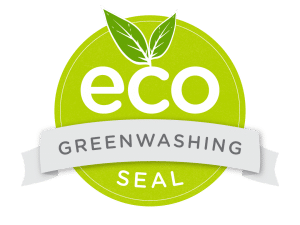
- Green imagery: Companies are well aware that heavily featuring green colors, animals, and plants can trick people into subconsciously thinking something is people and planet-friendly.
- Additional claims to be skeptical of: Some companies will use terms like “botanical ingredients” and “plant-based ingredients” even when those ingredients represent a small fraction of the total product. The “tea-bag trick” is used in many greenwashed body care products: a company will infuse water or aloe vera gel with botanical ingredients, essentially dipping a tea bag into water. Since ingredients have to be listed in order of quantity and a lot of products are mostly water or aloe vera gel, this allows them to put “natural” ingredients at the start of the ingredient list.
What to Look for on Truly Eco-Friendly Products
While misleading words and imagery can slide past regulations, look for these seals and certifications in addition to reading the label for trustworthy body care products:
- Fair Trade Certification, such as Fair for Life
Have you ever fallen for greenwashing in the products you buy? Let us know in the comments.
